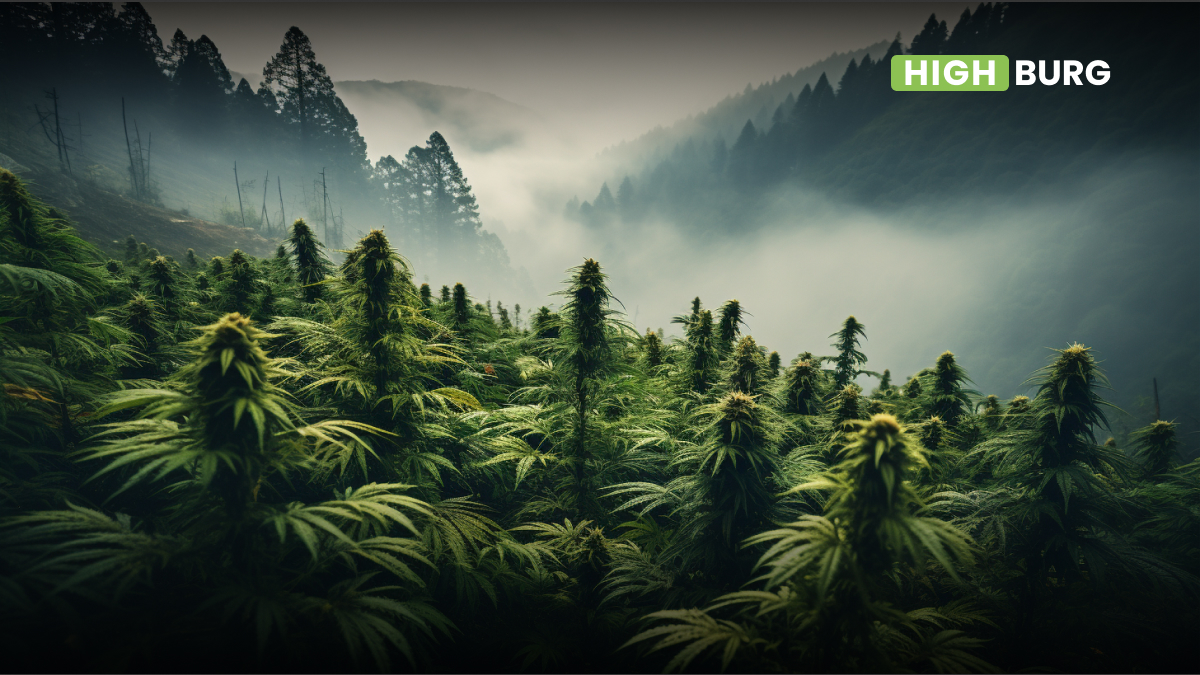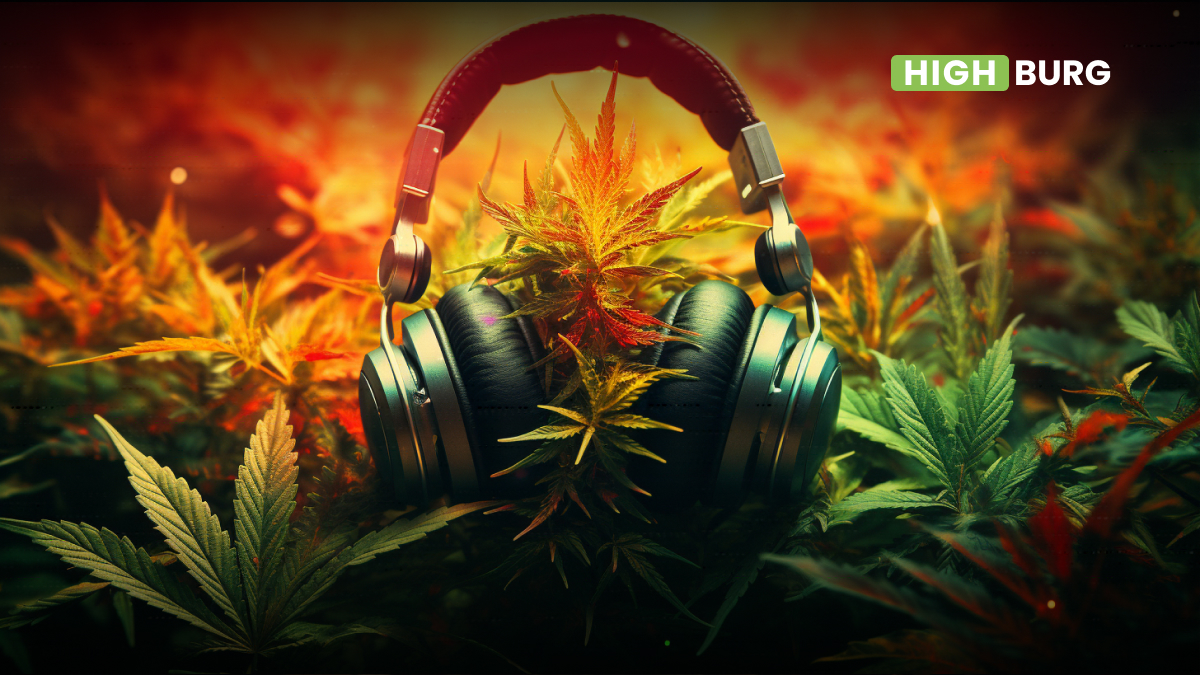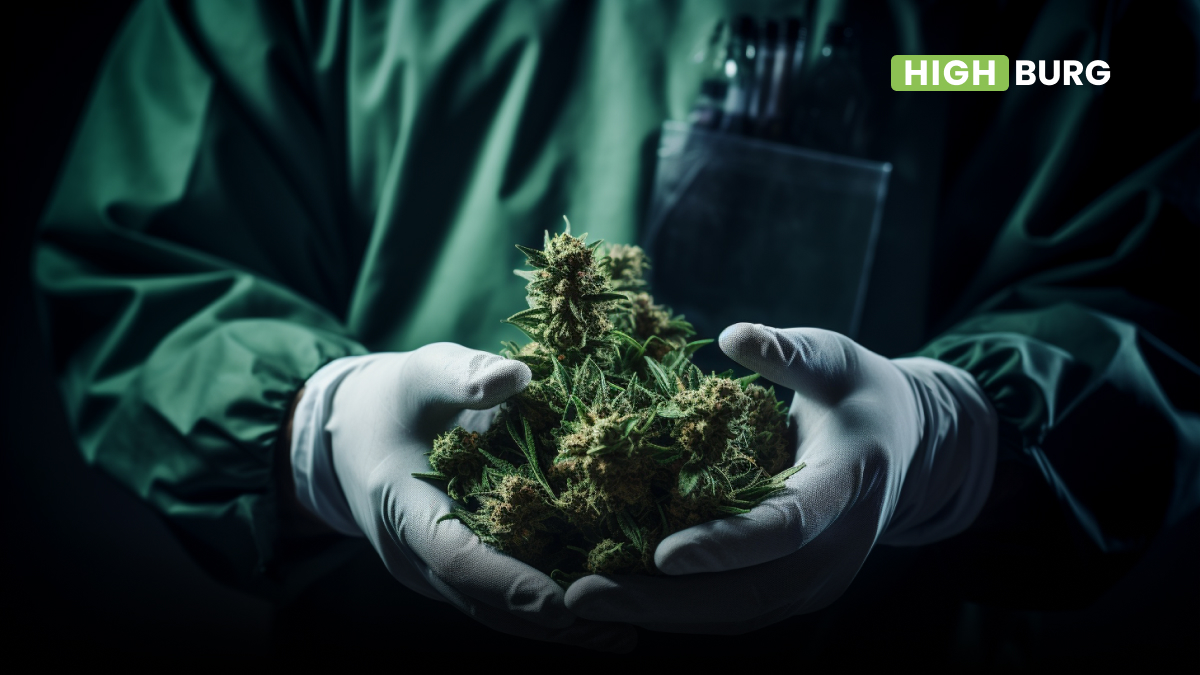Cannabis grows spontaneously in nature, virtually anywhere besides the arctic regions. But make no mistake — cannabis may be a sturdy crop, but it’s not a magical one, you can’t just throw a few seeds into the ground and expect them to grow overnight like in Jack and The Beanstalk.
Instead, you should try to understand the signature traits that cannabis strains take after the geographical regions that gave birth to them spontaneously and how to recreate them intentionally. Just like there’s a reason why the harsh Scandinavian environments created strong and resistant Vikings. They were naturally designed to plow through knee-deep snow. There’s a reason why certain climates create certain cannabis phenotypes.
Ideal Conditions
Cannabis tends to thrive in moderate to warm and humid environments with lots of sunlight. Think the Mediterranean, with its hot days and warm nights, but perhaps with a little more water.
The perfect ones would be in the range of 68-82 degrees Fahrenheit during the day. During the seedling stage — 40-60% humidity. And as low as 30% during the flowering stage, with 6 to 12 hours of sunlight per day.
Famous Regions Where Cannabis Naturally Grows
Cannabis is believed to originate from Central Asia. Specifically, the Hindu Kush Mountain range between Afghanistan and Pakistan, home of Afghani landraces and the famous Hindu Kush strains.
And what more is a testament to cannabis’s sturdiness and versatility than the paradoxical fact that the plant’s very origin, with its desert-like conditions, differs from its optimal natural habitat.
The same goes for the arid, hot South African countries like Morocco, Lesotho and South Africa that are known for spontaneously occurring cannabis.
Other famous regions where cannabis grows naturally include India, Nepal and Thailand in Asia and Colombia and Jamaica in the South American and Caribbean latitudes.
Takeaways for Cannabis Growers
So what can we learn from these somewhat illogical cannabis “appearances”? After all, nothing in nature is ever random.
One key takeaway is the importance of wind, at least in wild conditions. The aforementioned African regions may be too hot and dry, but their strong winds aid pollination and help seeds spread.
What should cannabis growers do with that information? For one, they should disperse seeds properly, leaving enough room for each plant to absorb sunlight and air. Cramming crops together to maximize space might be tempting, but it will end up costing you more.
Speaking of wind, another takeaway, be it somewhat accidental, is to use fans for indoor cultivation, as it will help maintain constant air flow and air redistribution.
Another major takeaway for growers is how climates literally shape cannabis and respectively its effects to an extent. To adapt to higher temperatures and humidity, cannabis develops airier buds, a trait associated with sativa phenotypes, whereas denser buds serve as protection from harsher environments like wind and cold and are usually an indica feature. Even though the indica/sativa categorization is a little superficial, it can at least serve as a general direction for growers.
Another thing to consider is the flowering period. Some phenotypes that hail from lands with colder fall temperatures, which has forced them to develop faster flowering mechanisms.
Bottom Line
All this comes down to a simple principle for cannabis growers to keep as their guiding light — cannabis strains and their unique genetics are a product of the environments they naturally occur in.
You wouldn’t raise a penguin in a desert, unless you have some special, sci-fi-like iglu or something. The same goes for cannabis.
In other words, you have to either recreate the natural habitat of a certain strain if it’s the strain indeed you’re after, or if your goal is utilizing a piece of land to its maximal potential, then you should look into the strains that are suitable for growing in it naturally.
References:
[1] Cannabis Temperature Tutorial
[2] Landrace Strains: Cannabis Strains and Where They Come From



